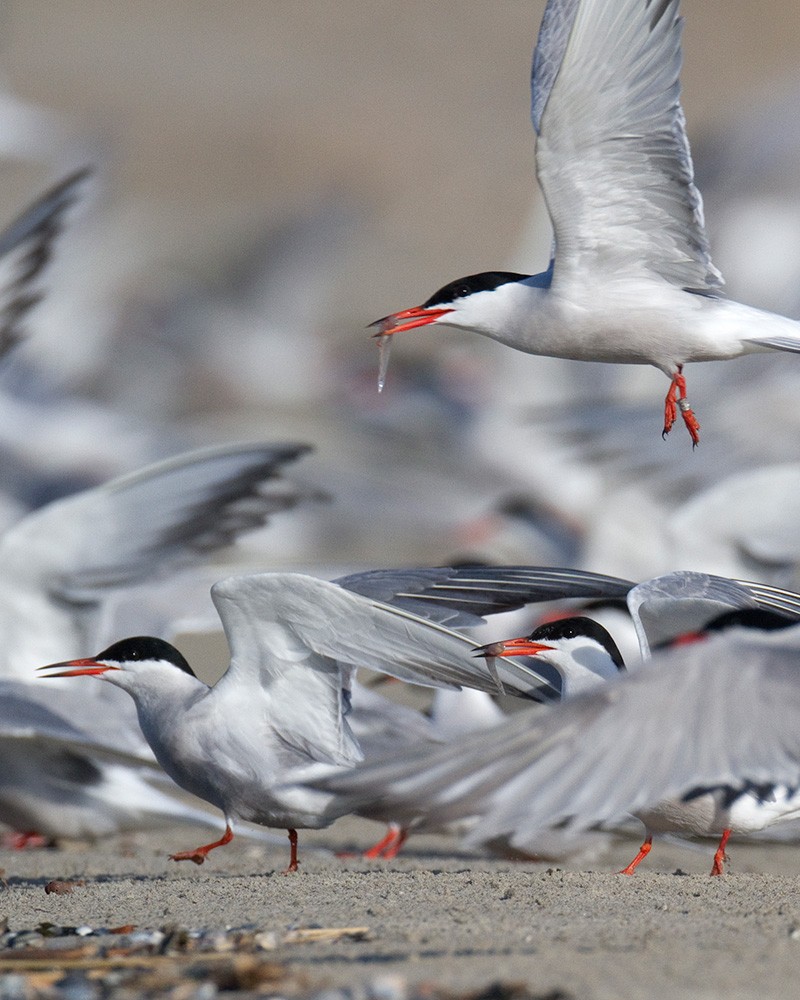
By species
The Zwin is home to a large diversity of natural values, all of which are unique and important, but there are a number of species and habitats that Zwin visitors should look out for.
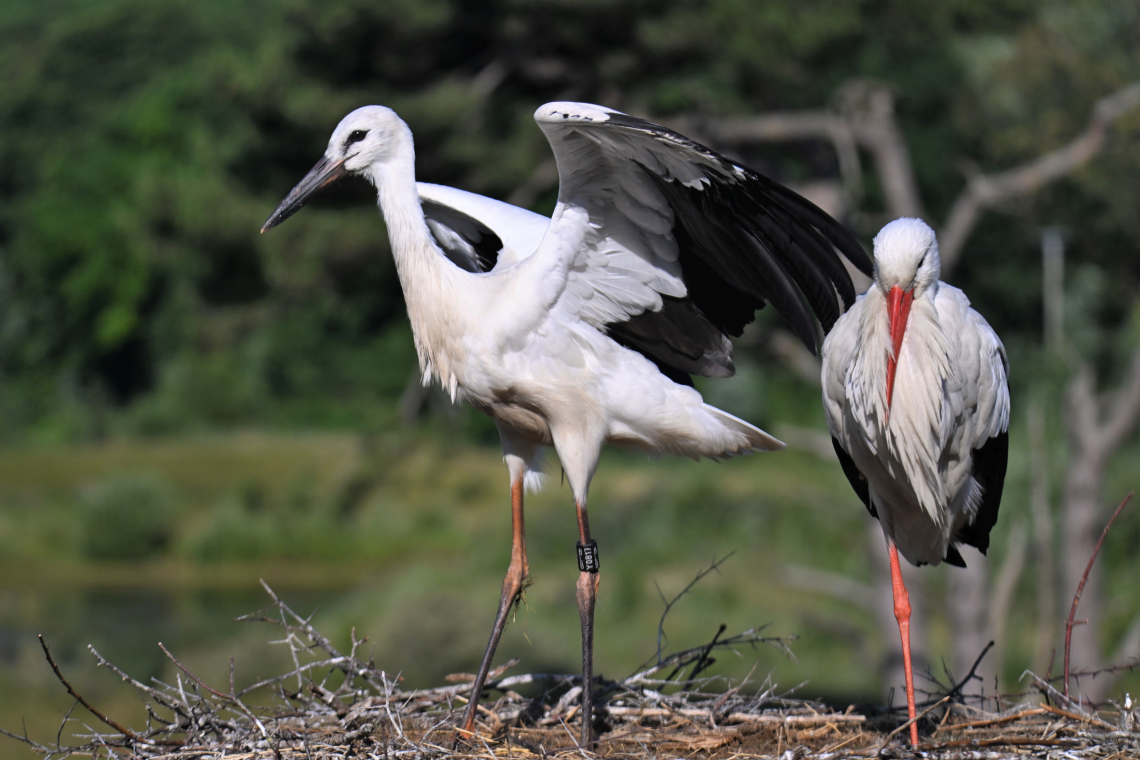
Ooievaars
From January, you are more likely to spot storks in the Zwin Nature Park. Breeding pairs start to visit their nesting sites. In February, breeding birds that have wintered further afield arrive. The breeding season starts from March, with nest-building and mating. Eggs are laid in late March-early April and chicks hatch about one month later. The young fly the nest during the first weeks of July. One month later, around mid-August, most of the birds leave. Small numbers of storks winter in the Zwin
Want to know more about the storks? View all the information here
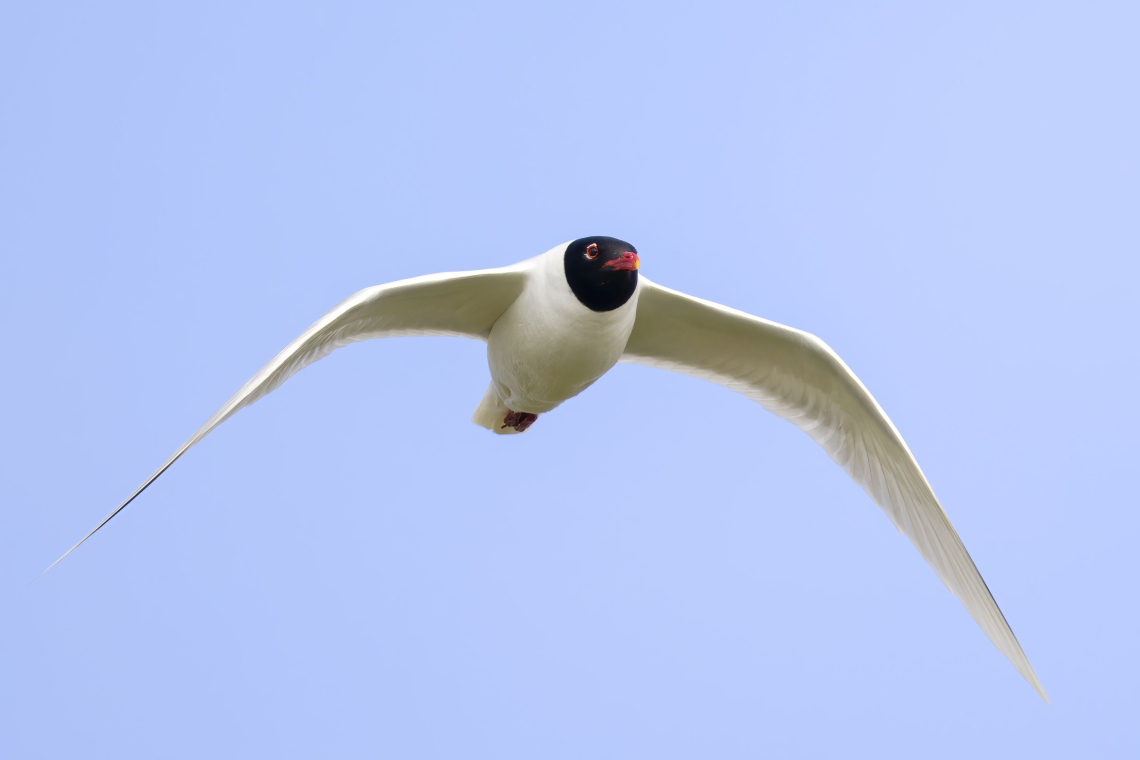
Koloniebroeders
The islands in the Zwinplas are home to large numbers of colony-breeding birds during the breeding season. The breeding islands in the Zwinplas can be easily observed from the viewing hut in the Zwin Nature Park. As spring beckons, and especially on mild days, the first black-headed gulls and Mediterranean gulls arrive in search of a nesting site. In March, numbers increase rapidly and come April, the islands are buzzing with activity, with waders such as the avocet and the common ringed plover arriving. The gulls lay eggs in the second half of the month. Terns arrive from their African wintering grounds from mid-April onwards. May and June are the busiest months. By July, the young are ready to fly off. (Breeding) activity declines rapidly as breeding birds leave the islands. The islands are relatively quiet in autumn and winter. Occasionally, they are used by grazing and resting geese and ducks.
Lepelaars
Spoonbills arrive from their African wintering grounds from March onwards. Many birds fly over, en route to their Dutch breeding grounds. Small numbers of spoonbills stop here for a while. In May and June, small groups occupy the area. From July, numbers increase to peak in August and September. In late September-early October, the birds migrate south. Barring some exceptions, there are no spoonbills in the Zwin during the winter months. Spoonbills can be observed wherever there is water in the Zwin. The Zwinplas and Zwin expansion are the best places to spot them.
Steltlopers
Waders can be observed year-round in the Zwin. A total of 40 species have already been spotted here! 29 of them are annual guests. Several species that like to breed here, such as the pied avocet, the common pied oystercatcher, the northern lapwing, the common ringed plover, the little ringed plover, the Kentish plover, and the redshank. The remaining species pass through or visit during the winter months. The greatest numbers and highest diversity can be observed during the spring and autumn migration. During winter, you can spot 21 species of waders here. You can observe waders all over the Zwin, but the Zwin Plain and the adjacent Zwin expansion host the most species and the largest numbers.
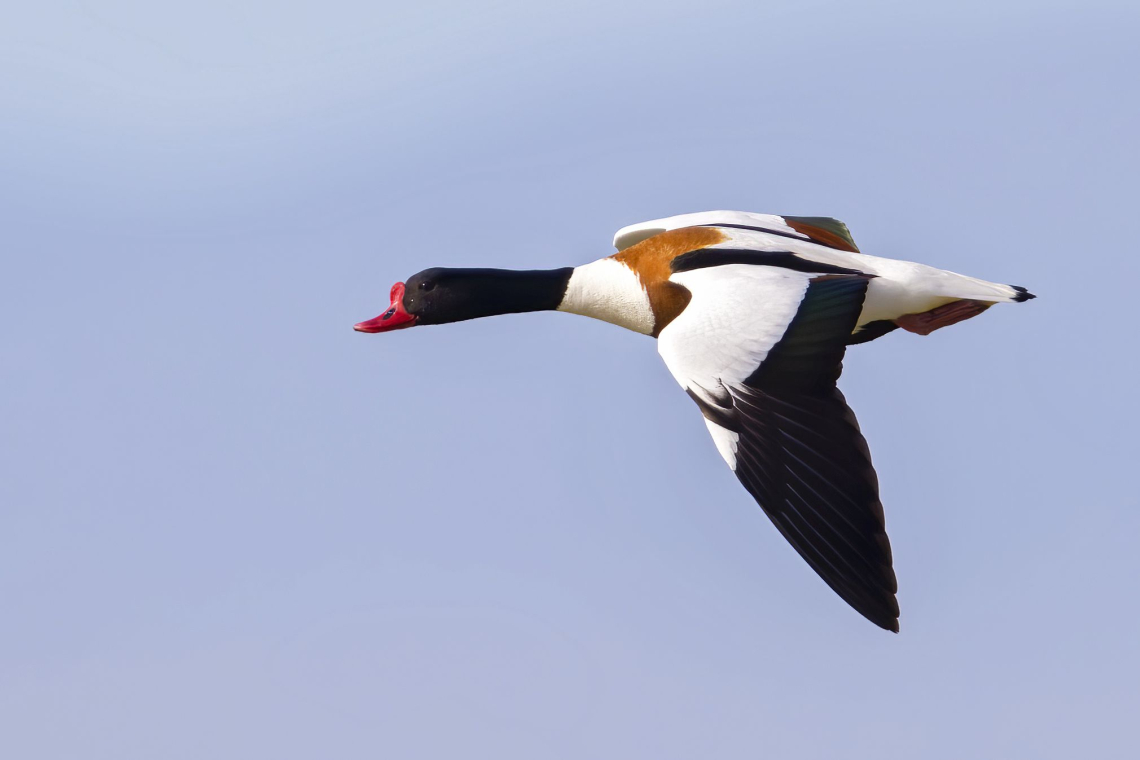
Ganzen en eenden
Geese can be observed in the Zwin all year round. In late summer, the numbers of greylag geese and barnacle geese increase. From October, Arctic geese, and especially lesser white-fronted geese, join the mixed groups of geese. In March, the Arctic geese take off again. Geese can be observed throughout the Zwin. A favourite spot is the Kleyne Vlakte, the large meadow at the entrance to the Zwin Nature Park. The common shelduck, mallard, and tufted duck are regular breeding birds in the Zwin.
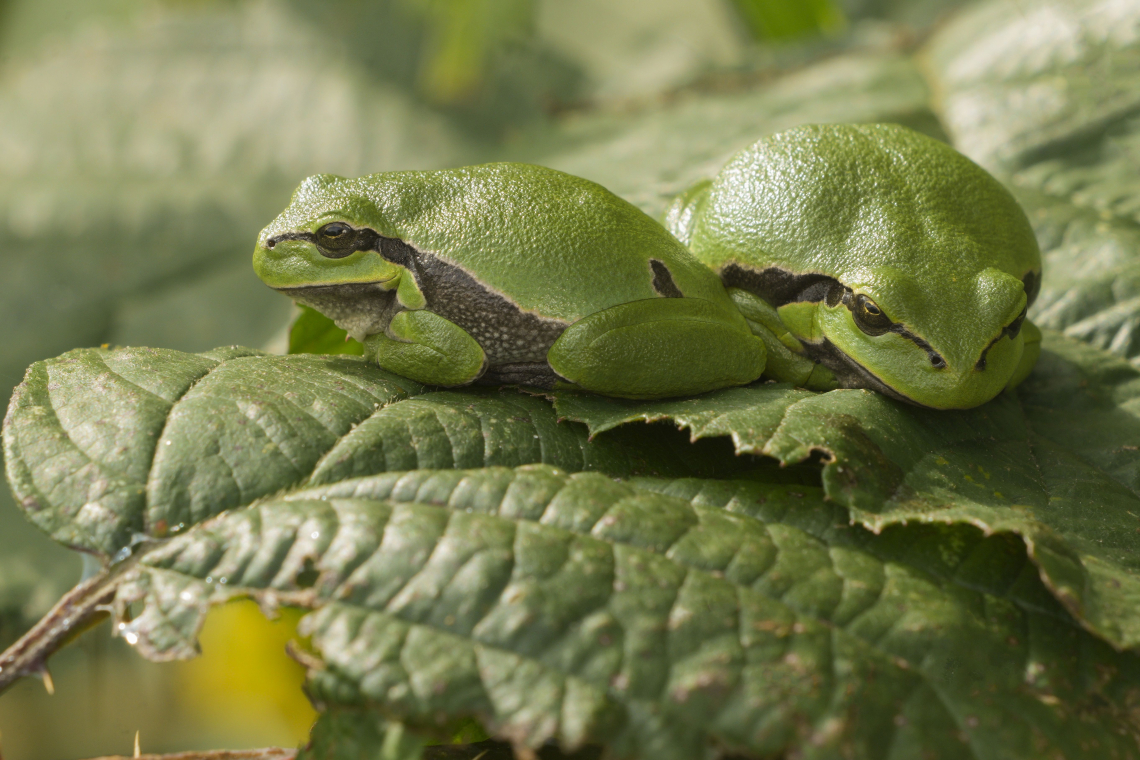
Boomkikker
The tree frog is the most conspicuous amphibian of the Zwin. This rare species is found in only a handful of areas across Belgium. The Zwin is the only place in western Belgium where you can still spot tree frogs. After a significant decline around the turn of the century, the species is thriving again thanks to targeted management measures, such as the creation of a large number of pools. Today, the species is easy to observe. You can spot tree frogs sunbathing across the Zwin, in particular on sunny days from April to October.
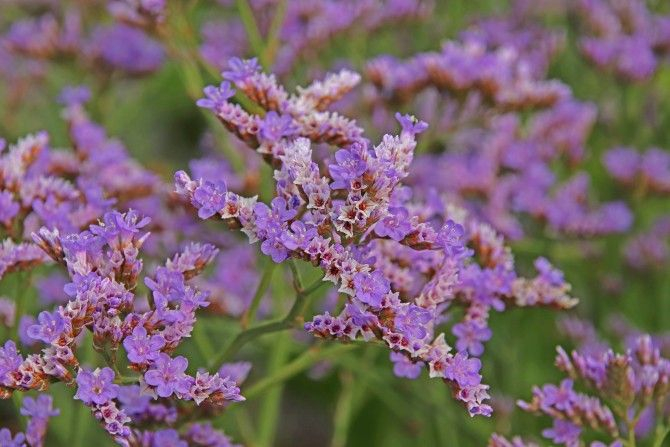
Zoutverdragende planten
The most typical plants of the Zwin are salt-tolerant plants, such as sea lavender, sea purslane, salicornia, and sea aster. As a rule, salt water is not good for plants, but some species have adapted to living on the edge of salt water and land.
The most extreme species grow in places that are very regularly flooded with salty seawater. Other species grow in places that are less frequently flooded. The best period to see the salt-tolerant plant species of the Zwin in full bloom is July to September. To see them, you have to go to the part of the Zwin that is directly influenced by the sea, namely the Zwin Plain. Follow the trails of the green and blue walking loop in the plain to see the flowering salt-tolerant plants.
